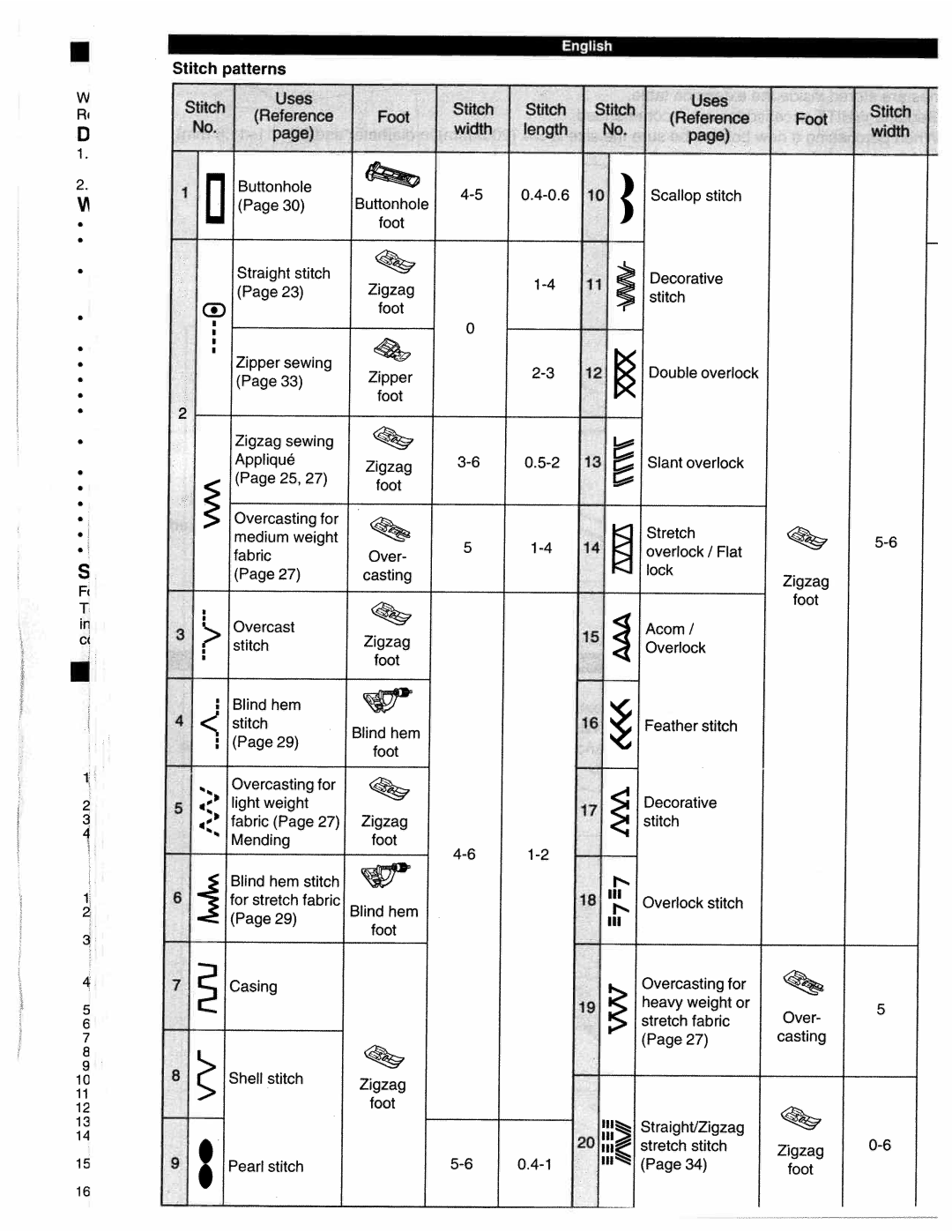1780 specifications
White 1780 is a notable piece of agricultural machinery that has garnered recognition for its effectiveness and efficiency in the field of farming. Introduced in the late 18th century, this model emerged during a transformative period in agricultural practices, making it a significant milestone in the evolution of farming technology.One of the main features of the White 1780 is its robust construction, designed to withstand the rigors of constant use in various field conditions. The frame is built from high-quality materials, ensuring durability and longevity, which is essential for farmers who rely on their equipment throughout the planting and harvest seasons. The model showcases a balance between strength and weight, allowing for easier maneuverability while still being sturdy enough to handle heavy loads.
In terms of technology, the White 1780 incorporates advanced engineering principles that were revolutionary for its time. It features an innovative transmission system that enhances its operational efficiency. This system allows for better power distribution from the engine to the wheels, resulting in improved traction and overall performance. Farmers benefit from this technology, as it enables them to work on a variety of terrains without the common challenges associated with less sophisticated machinery.
The White 1780 is also recognized for its user-friendly interface. The controls are intuitively designed, making it accessible for operators of varying skill levels. This focus on usability is a key characteristic that appeals to many farmers, as it allows them to implement the machine's full capabilities without extensive training.
Another noteworthy aspect of the White 1780 is its versatility. This model can be used for multiple farming applications, including plowing, cultivating, and harvesting. Such flexibility ensures that farmers can utilize the machine year-round, maximally benefiting from its investment.
In summary, the White 1780 stands out for its combination of durability, advanced technology, user-friendly design, and versatility. As an important agricultural machine, it reflects the innovative spirit of its era, paving the way for future advancements in farming technology. Its enduring presence in the agricultural sector is a testament to its foundational role in improving productivity and efficiency for farmers around the world.

